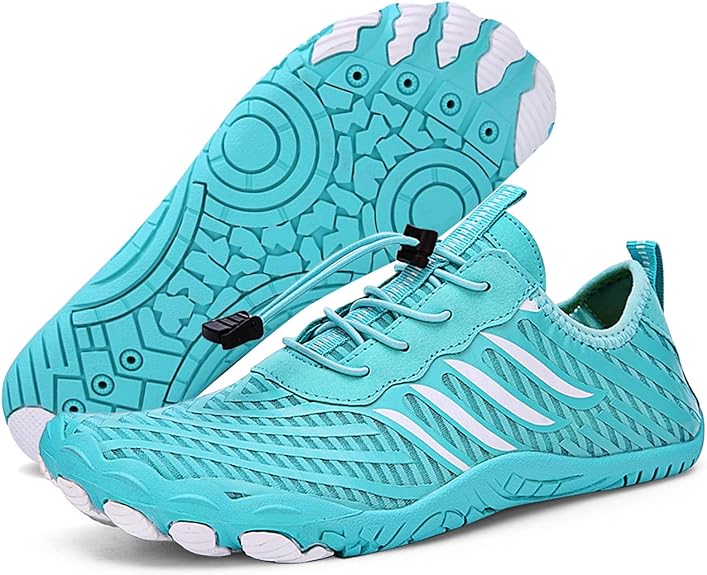5 Ways Waterproof Boots

When it comes to braving the elements, having the right footwear can make all the difference. Waterproof boots are a staple in many people’s wardrobes, providing protection and comfort in wet and unpredictable conditions. But what makes a boot truly waterproof, and how can you ensure you’re getting the best possible performance from your footwear? In this article, we’ll explore five key ways to determine the waterproofness of boots, as well as some expert tips for choosing the right pair for your needs.
1. Membrane Technology
One of the most effective ways to ensure boots are waterproof is through the use of membrane technology. Brands like Gore-Tex and eVent have developed specialized membranes that allow moisture to escape while keeping water out. These membranes are typically made from a thin layer of porous material that is breathable, yet completely waterproof. When shopping for waterproof boots, look for brands that utilize this technology, as it provides a reliable barrier against the elements.
Gore-Tex, for example, has a membrane with over 1.4 billion pores per square inch, making it an effective tool in keeping feet dry. However, it's also crucial to maintain the membrane's integrity by avoiding punctures and ensuring the boot's seams are sealed.
2. Seam Sealing
Seam sealing is another critical factor in determining the waterproofness of boots. Even with a waterproof membrane, if the seams are not properly sealed, water can still seep in. High-quality waterproof boots will have seams that are taped or sealed to prevent water entry. This process involves applying a special tape or sealant to the seams to ensure they remain watertight. When inspecting boots, look for signs of sealed seams or ask the manufacturer about their seam sealing process.
3. Waterproof Materials
The materials used in the construction of the boot can also play a significant role in its waterproofness. Leather, for instance, can be made waterproof through various treatments, but it may not be as effective as synthetic materials in maintaining its waterproof properties over time. Synthetic materials, on the other hand, can be designed to be inherently waterproof, providing a reliable barrier against water. However, the breathability and durability of these materials can vary, so it’s essential to choose materials that balance waterproofness with comfort and durability.
4. Waterproof Ratings
Many waterproof boots come with a waterproof rating, which is usually measured in millimeters (mm) and indicates the height of water the boot can withstand before water begins to seep in. A higher rating generally means the boot can handle deeper water. For example, a boot with a rating of 10,000 mm can withstand being submerged in water up to 10,000 mm deep. However, these ratings are not always a perfect measure, as they do not account for the pressure of the water or the duration of exposure.
Understanding Waterproof Ratings:
- Lower ratings (around 1,000-3,000 mm) are suitable for light rain or mist.
- Medium ratings (around 5,000-8,000 mm) are ideal for heavier rain or puddles.
- Higher ratings (above 10,000 mm) are best for deep water or prolonged exposure.
5. Testing and Reviews
Finally, one of the best ways to determine the waterproofness of boots is through real-world testing and reviews. Look for reviews from other users who have worn the boots in wet conditions to get a sense of how well they perform. Additionally, some manufacturers may conduct their own testing, such as submerging the boots in water or exposing them to heavy rain, to demonstrate their waterproof capabilities. These tests can provide valuable insights into the boots’ performance and help you make an informed decision.
How do I maintain the waterproofness of my boots?
+Maintaining the waterproofness of your boots involves regular cleaning, applying waterproofing treatments as needed, and avoiding actions that could compromise the waterproof membrane or sealing, such as using harsh chemicals or exposing the boots to excessive heat.
Can all types of boots be made waterproof?
+While many types of boots can be treated or designed to be waterproof, the effectiveness can vary based on the materials and construction of the boot. Boots made from inherently waterproof materials or those with membrane technology are generally more reliable.
In conclusion, choosing the right waterproof boots involves considering several factors, from membrane technology and seam sealing to waterproof materials and ratings. By understanding these elements and doing your research, you can find a pair of boots that will keep your feet dry and comfortable, even in the wettest conditions. Whether you’re hiking through rainy trails, working in wet environments, or just braving the daily commute, the right waterproof boots can make all the difference.



